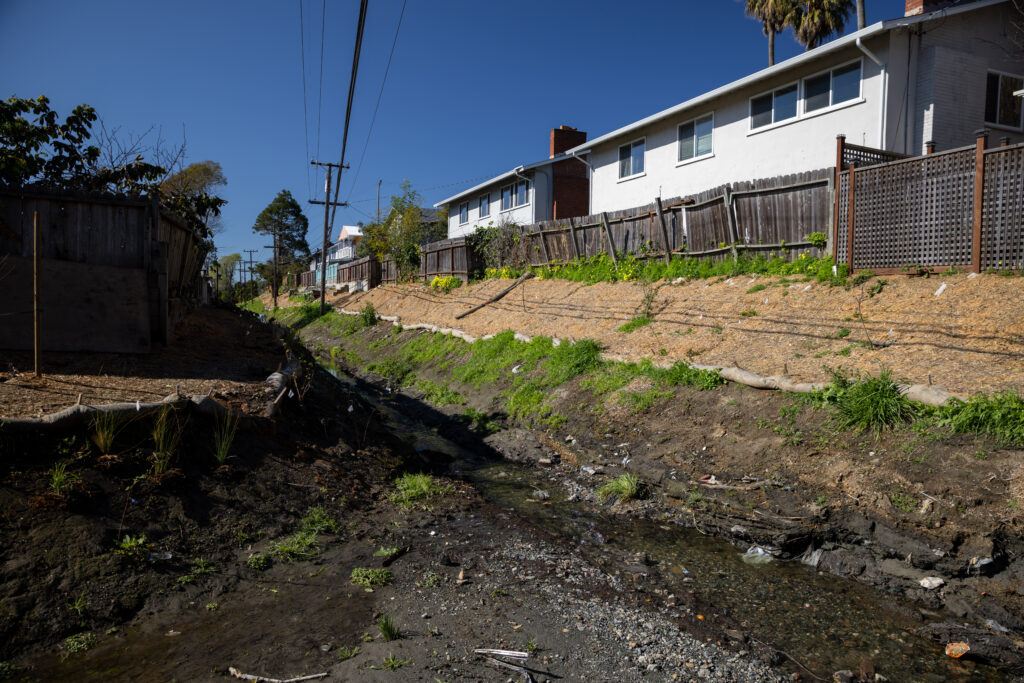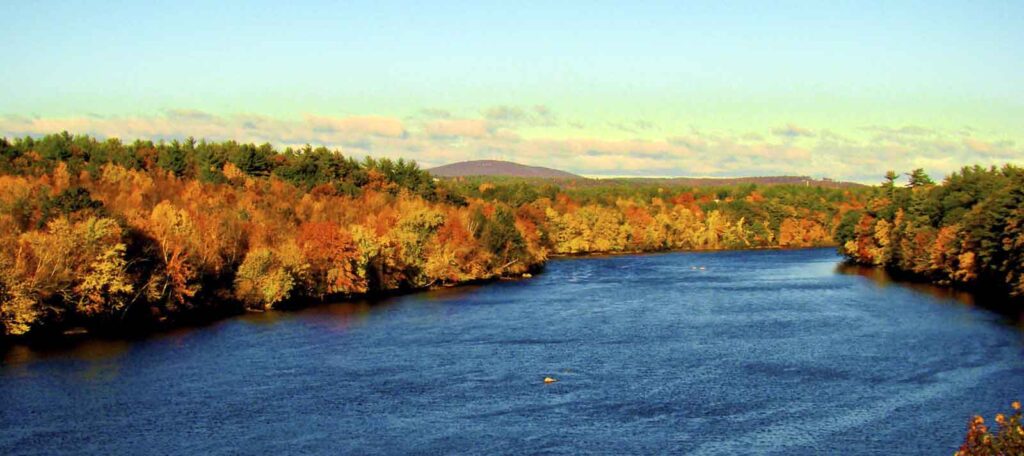Hurricane Irma, Flooding, and Climate Change
Weeks after Hurricane Harvey, Hurricane Irma is ravaging communities across the Southeast. Unfortunately, this is consistent with the impacts expected from climate change and will be the new normal that we must adapt to.
By
Gerrit Jöbsis |
September 12, 2017
Two weeks ago, Hurricane Harvey devastated Texas with record flooding. Now, storm surge and rains from Hurricane Irma are ravaging communities across the Southeast.
We may not know the full impact for days. But we do know the damage will be severe and lives will be forever changed.
Irma makes 2017 the third year in a row that the lives of people in the Carolinas have been turned upside down by hurricanes. More than 75 dams failed in the Carolinas as a result of the 2015 and 2016 storms, and record flood levels were exceeded at many creeks and rivers.
Unfortunately, this is consistent with the impacts expected from climate change and will be the new normal that we must adapt to. With increasing temperatures we get more evaporation adding more moisture to the atmosphere. Catastrophic weather events result when increases in temperature and moisture seek to reach equilibrium.
After recovery from Irma we need to reassess how we can reduce the threats from flooding to keep people safe from future storms. We need to look for opportunities to give rivers more room to accommodate floodwaters, keeping people out of harm’s way. We’ll need to improve the safety of high-hazard dams, and reform the National Flood Insurance Program to reduce flood risks.
There is a lot of work to do. But right now, American Rivers encourages our supporters to help with the relief and recovery efforts. Our neighbors need help. We are grateful to all of the volunteers and first responders. Learn how you can help the victims of Hurricane Irma here.




8 responses to “Hurricane Irma, Flooding, and Climate Change”
You accept that “climate change” (aka global warming before the activists saw the data didn’t support “warming”) is a reality. Sure climate changes, every day in fact. And it did so long before we had the industrial revolution or cars, etc. And even if it changes one degree or whatever the latest “threat” lovers devise, can anyone even tell when the temperature has changed one degree? No. All this hand wringing and legislation writing is done to use this unproved theory to move dollars from your pocket to the government’s. Having worked in Federal and state governments, and as a budget expert, I can say with absolute confidence that the last place you want to have more dollars is the government. We blow through those dollars like a drunk frat boy empties a keg, fast and without much thought. The way we in government spend money doesn’t create wealth, it doesn’t create new jobs, it doesn’t help families and children (I am a national expert on these programs), it doesn’t protect us in any way, shape or form. Take time to look at the work of scientists in the fields who haven’t spouted their phony conclusions before they’ve done the experiments or looked at real data (without manipulating the data!), and you will begin to see the gap between “climate change” threats and reality. Look back on prior years when the climate change scientists made worrying predictions and note how NONE OF THEM came to be! Why is that? Because they were wrong about their conclusions, and they overreached too many times. Ask questions! Don’t just accept what some Internet writer spouts or even some reporter who was likely just a “C” student in college (I know; I started out as a newspaper reporter).
My nanny came up because of this hurricane i barley hit her as bad as it said it was i was hoping for her to stay longer but i didnt so she went back right after the hurricane and i was sad so i really didnt like hurricane maria there was no flooding once so ever just a few branches
I’m a student doing a project on hurricane relief and would love to hear about anyone’s experience living in a hurricane affected area- the goal is to use this research to create a product or system to improve the experience of being in a disaster-affected area. If you know anyone that would be willing to talk about their experience as well, please forward this along. Thanks!
https://lewis2134.typeform.com/to/ldXbdG
I know that hurricane irma had caused a lot of damage to your home but we can always rebuild back but better than it was before or not.
Same im using it for class to lol thank you!!!!
Thank you for making this because I have to use it during a homework about Current Event for ELA, I really appreciate this article!!! I even like how you put who wrote the article and also the title! I just want to say thank you for making this awesome articles to help me/children with their Current Event homework!!! THANK YOU !!!!!! 😀 c;
i agree, In mine craft when i build a house i usually build it with stone stilts. This prevents fires from occurring in my house and also flooding doesn’t get into my house.
Although it is important that we continue helping flood victims with our donations, we should also encourage our government flood-relief agencies and private flood insurance/relief agencies to provide EXTRA financial incentive for flood victims to move OUT OF riverside floodplains….and/or rebuild on elevated stilts/pylons…..IF they choose to rebuild in riverside floodplains and river deltas…..which naturally flood when snows melt and heavy rains come in the spring. (or when freak flooding occurs).
This will create a PERMANENT solution to our regular and ongoing flooding issues…which will save insurance companies and federal government flood-relief agencies hundreds of billions of dollars in ongoing flood relief payments year after year.
Various indigenous/native tribes around the world have lived successfully in riverside floodplains and river deltas for thousands of years by building on elevated stilts/pylons. Surely we can adapt such practices here in America…..with our advanced levels of wealth and technology.